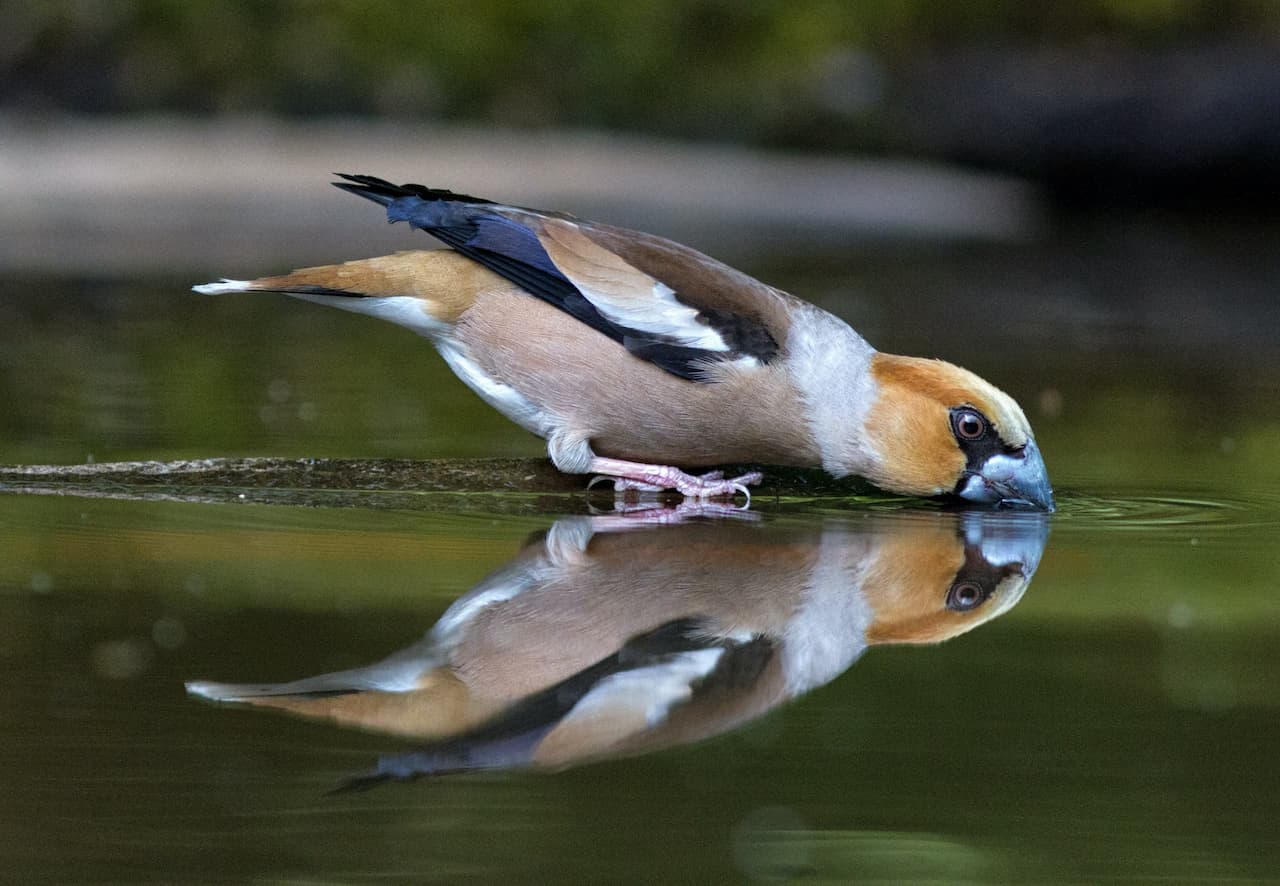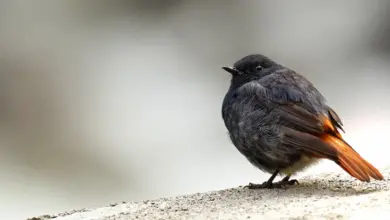Gorgeted Puffleg (Eriocnemis isabellae)
The Gorgeted Pufflegs (Eriocnemis isabellae) is a recently discovered, rare, and endangered South American hummingbird species.
Alternate (Global) Names
Spanish: Zamarrito del Pinche … French: Érione d’Isabella, Érione d’Isabelle … Slovak: pancuchárik perletový
The discovery of a new hummingbird species
Three hummingbirds (one male and two females) were mist-netted* in 2005 during surveys of the montane cloud forest in the Serrania del Pinche, Bogotá, southwest Colombia. (*Mist nets are used by ornithologists and biologists to capture wild birds for banding or other research projects.)
The original birds were discovered by ornithologists Alexander Cortes-Diago and Luis Alfonso Ortega. Another six males were caught in 2006.
This new species was initially confirmed by Luis Mazariegos-Hurtado – the Founder of the Colombian Hummingbird Conservancy and F. Gary Stiles of the Natural Sciences Institute at the National University of Colombia. Additionally, photos taken in 2006 were sent for identification to Professor Karl-L. Schuchmann, curator of ornithology at Zoological Research Museum A. Koenig (Germany).
The new species was officially confirmed in 2007.
Distribution / Status
The Gorgeted Pufflegs are endemic to southwest Colombia, where it is only known from a single location on steep slopes along the Serranía del Pinche mountain ridges (Choco region) – a small outlying spur of the Western Andes in the Cauca Department.
It inhabits the cloud and temperate forest zone, within which it appears to be associated with elfin forests (forests with stunted trees). The elfin forest averages 20- 26 feet (6 – 8 m) in height with frequent natural clearings and is situated at an altitude of about 8,500 – 9,500 feet (2,600-2,900 m).
The Gorgeted Puffleg is rare with an extremely small range that is thought to be less than 3.9 sq. miles or 10 sq. km.
It faces the risk of extinction due to the fact that its already limited habitat is unprotected and is being converted for agricultural uses (including illegal coca crops – which is what cocaine is extracted from). Therefore, the status of “Critically Endangered” has been recommended.
Description
The Gorgeted Pufflegs are about twice as big as the smaller hummingbird species found in the eastern United States. It measures between 3.5 and 4 inches (8.9 – 10.2 cm) in length (from bill to tail). Its tail is between 1.4 – 1.5 inches (3.5 – 3.8 cm) long and its wingspan is about 2.4 inches or 6.2 cm. They weigh between 0.14 – 0.16 oz (3.9 – 4.5 g).
This species was named for the male’s distinctive enlarged bi-colored gorget (throat patch) consisting of iridescent green and brilliant violet-blue feathers; as well as the snow-white dense feathering around the legs known as “leg puffs” (which are not always visible). These leg puffs are unique to the pufflings and have been described as resembling “woolly panties” or “little cotton balls” above the legs,
The male’s plumage is mostly blackish-green, with an iridescent blue-green rump and blue-black upper tail and bluish-violet under tail. They have straight black bills and forked tails.
Similar species
The Gorgeted Pufflegs male can be differentiated from other Eriocnemis Pufflegs by his bicolored blue-violet and green gorget (throat patch).
Female Gorgeted Pufflegs are similar to the female Black-breasted Puffleg (Eriocnemis nigrivestis) and the Glowing Puffleg (Eriocnemis vestitus); however, the under plumage of the Gorgeted Puffleg is more intensively fringed rufous with turquoise reflections in the middle of the abdomen.
Calls / Vocalizations
Like most hummingbirds, they are mostly silent. Their occasional calls (often given after taking flight) are described as a monotonously repeated metallic “tsip tsip tsip“.
Nesting / Breeding
Hummingbirds are solitary in all aspects of life other than breeding, and the male’s only involvement in the reproductive process is the actual mating with the female. They neither live nor migrate in flocks, and there is no pair bond for this species. Males court females by flying in a U-shaped pattern in front of them. He will separate from the female immediately after copulation. One male may mate with several females. In all likelihood, the female will also mate with several males. The males do not participate in choosing the nest location, building the nest, or raising the chicks.
The female Puffleg is responsible for building the cup-shaped nest out of plant fibers woven together and green moss on the outside for camouflage in a protected location in a shrub, bush, or tree. She lines the nest with soft plant fibers, animal hair, and feathers down, and strengthens the structure with spider webbing and other sticky material, giving it an elastic quality to allow it to stretch to double its size as the chicks grow and need more room. The nest is typically found on a low, thin horizontal branch.
A clutch consists of one to three pea-sized white eggs (mostly 2), which she incubates alone, while the male defends his territory and the flowers he feeds on. The young are born blind, immobile, and without any down.
The female alone protects and feeds the chicks with regurgitated food (mostly partially digested insects since nectar is an insufficient source of protein for the growing chicks). The female pushes the food down the chicks’ throats with her long bill directly into their stomachs.
As is the case with other hummingbird species, the chicks are brooded only the first week or two and are left alone even on cooler nights after about 12 days – probably due to the small nest size. The chicks leave the nest when they are about 20 days old.
Diet / Feeding
The Pufflegs primarily feed on nectar taken from a variety of brightly colored, scented small flowers of trees, herbs, shrubs, and epiphytes. They favor flowers with the highest sugar content (often red-colored and tubular-shaped) and seek out, and aggressively protect, those areas containing flowers with high-energy nectar.
They use their long, extendible, straw-like tongues to retrieve the nectar while hovering with their tails cocked upward as they are licking at the nectar up to 13 times per second. Sometimes they may be seen hanging on the flower while feeding.
Many native and cultivated plants on whose flowers these birds feed heavily rely on them for pollination. The mostly tubular-shaped flowers actually exclude most bees and butterflies from feeding on them and, subsequently, from pollinating the plants.
They also take some small spiders and insects – important sources of protein particularly needed during the breeding season to ensure the proper development of their young. Insects are often caught in flight (hawking); snatched off leaves or branches, or taken from spider webs. A nesting female can capture up to 2,000 insects a day.
Males establish feeding territories, where they aggressively chase away other males as well as large insects – such as bumblebees and hawk moths – that want to feed in their territory. They use aerial flights and intimidating displays to defend their territories.




